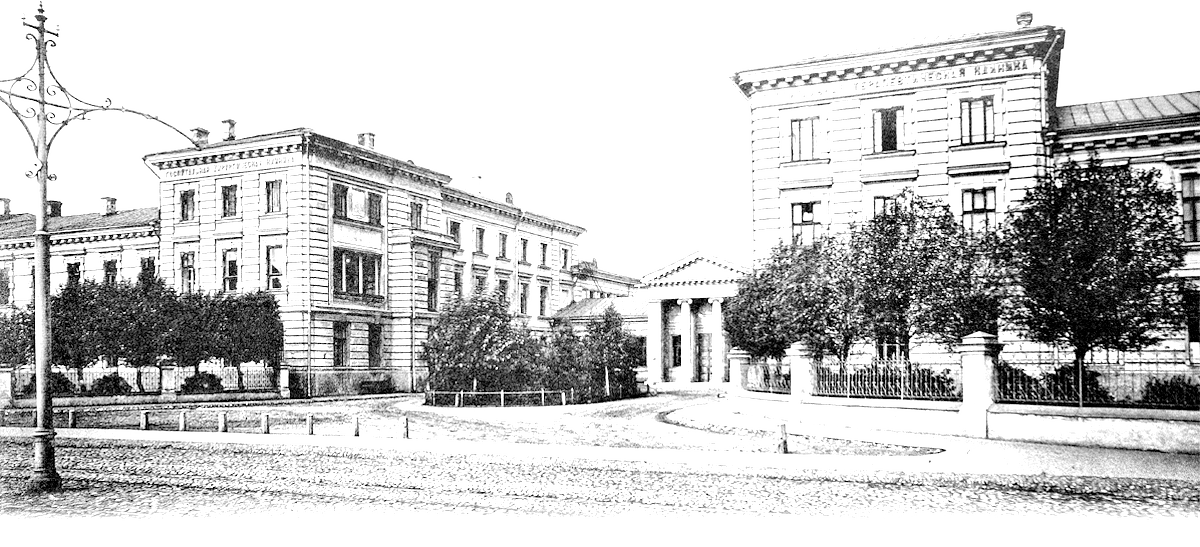Urolithiasis (Kidney stones)
- Details
- Published: 22 October 2018
It is characterized by the formation of a stone or several stones in the projections of the calyx and pelvis (the anatomical structures of the kidney, where urine is produced).
Urolithiasis is one of the most common urological diseases. It usually occurs at the age of 20-50 years.
While number of stones increasing in the urinary tract, an inflammatory process develops and the kidney is disturbed. Gradually, the so-called “wrinkled kidney” begins to appear, which eventually stops to function fully. All the load goes to the second kidney, where various diseases can also appear.
Symptoms of Urolithiasis.
At an early stage, when kidney stones still do not disturb the outflow of urine, the disease may be asymptomatic. Due to the development of the disease pain appears in the lumbar region, there may be an admixture of blood in the urine (hematuria), etc.
Pain can be paroxysmal (renal colic) or constant dull. It is often irradiating to the side of the abdomen and hypochondrium.
There is no links between the number, size of stones and the severity of symptoms. On the contrary, small stones are often manifested by severe pain, and large staghorn calculi - by dull pain, unpleasant feeling in a lumbar region.
Diagnostics of Urolithiasis.
The detailed examination is carried out for suspected urolithiasis in the Department of Urology at Sechenov University. It allows not only to identify the presence and composition of the stone, but also to establish the cause of its formation.
It is obligatory to check metabolic processes, the state of blood and urine, hormonal status, identify possible diseases predisposing to urolithiasis, etc.
The first step in the diagnostics of urolithiasis is ultrasound.It is possible to identify stones larger than 5 mm or suspect smaller stones using it.
Exact size of the stones, their location, density and composition is determined with the method of multislice computed tomography (MSCT), which has almost 100% sensitivity,including, to theX-ray negative stones, consisting of uric acid.
Treatment of Urolithiasis.
The Department of Urology at Sechenov University is a pioneer in the treatment of urolithiasis in our country.
In particular, 3D modeling technology for large (staghorn calculi) stones was developed under the leadership of Academician Y.G. Alyaev.. A computer model from MSCT images provides flawless visualization of the affected organ and allows to choose the optimal method of surgical intervention.
Our clinic is equipped with a specialized X-ray endoscopic operating room by Siemens company. Effective treatment is possible even in acute forms of urolithiasis, when it is necessary to remove staghorn calculi, infected (causing inflammation in the urinary tract) or impacted (fixed) stones.
The stone is crushed using laser or ultrasound energy, and then removed using modern endoscopic technology through a centimeter incision in the lumbar region.
For small stones (up to 2 cm), remote shock-wave lithotripsy is used. Electro-hydraulic, electromagnetic or piezo-ceramic waves destroy the stone without damaging the surrounding tissue. The procedure is performed under light intravenous anesthesia, without incisions on the body. The remains of the stone go out naturally with urine.
Attention! Removing stones from the kidney does not mean getting free of urolithiasis. Effective treatment is an eliminating the reasons of the disease and, accordingly, the absence of relapse.
After the operation, a conservative therapy and an individual diet are developed for each patient. The diet is made depending on the physical and chemical composition of the stone. A special X-ray analysis technique, developed jointly with the Moscow State University of Fine Chemical Technologies named after M.V. Lomonosov, helps in this one.
The complex of postoperative measures is aimed at preventing the recurrence of the disease, as well as preventing the formation of stone.




